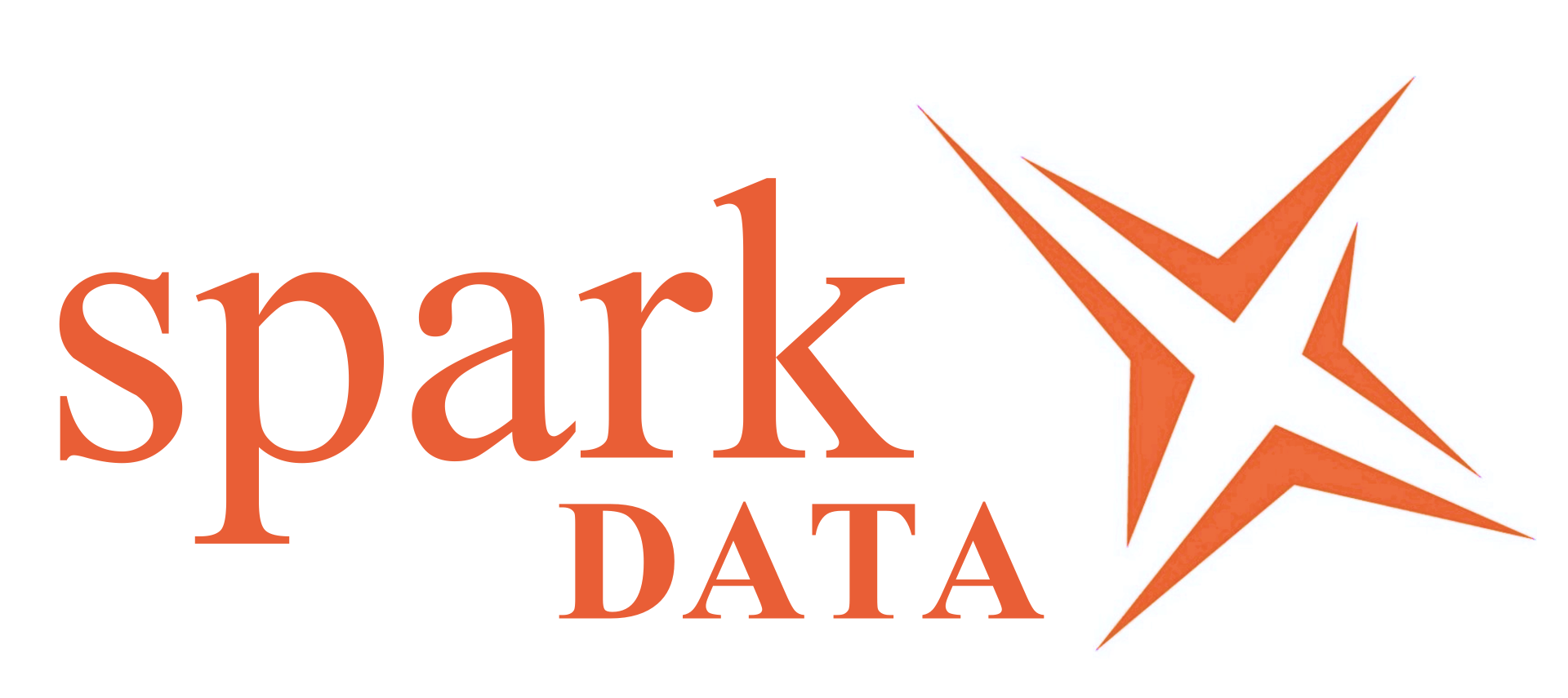The Magnificent Seven
The questions you should ask in your brand tracker

1. Unprompted brand awareness
It's important to know how many people name your brand when asked to spontaneously name brands that operate in your market. Unprompted or spontaneous brand awareness measures the number of people who express knowledge of a brand or product without prompting. This measure is also known as brand recall or share of mind.
A development of unprompted awareness is to ask what brands come to mind on an occasion where your brand would be bought. For example, what brands come to mind when you have friends coming over to watch the football and you need to get in some vegan snacks. Known as brand salience, this type of question will help you to gauge where you are in the hierarchy of memory generated brands recalled in buying situations. The more frequently you are mentioned, the better.
2. Prompted awareness
Unless your brand is a household name then spontaneous awareness is likely to be low which means it is going to prove tricky to ask follow up questions about the brand to a limited audience. This is where prompted awareness comes in.
Showing respondents a list of brands and asking them to select the ones they have heard of is a measure of brand recognition. Used together with unprompted awareness you can begin to see the impact of any marketing campaign to raise awareness particularly among the target market.
3. Perceptions and brand attributes
The perceptions that people have of your brand and the attributes they assign to it are important factors in whether or not they recall it from the memory bank in buying situations. Your tracker should test a number of statements, values and perceptions to see which ones they ascribe to your brand and which ones they ascribe to the competitive set.
There should be a balance between negative and positive perceptions and attributes so that you know which ones to work on. Measuring the speed and strength of responses will reveal just how embedded your brand is in people's minds.
4. Category use and product use
It's important to find out whether respondents already buy the category, what products they buy and how frequently they do so. This will help you to understand your place in the market and the potential size of the prize available by taking market share from rivals.
5. Consideration and intent
There is often a wide disconnect between what people say they do and what they actually do. Nowhere is this truer than in stated intention to buy a product or use a service. That said, asking people how likely they are to buy your product or use your service is a useful indicator of your place in the market and how this can change over time. Just don't make any revenue projections based on it.
6. Spontaneous campaign awareness
Does your target audience recall or recognise any elements of your marketing campaign over a recent time period. Ideally you want people to describe what they saw and where they saw it. Ideally (again) this should be unprompted so that you can measure just how much of an impact on people's mindsets the campaign has had.
7. Recommendation
Some marketers swear by their Net Promotor Score, others swear at it. We are not fans because it does not reflect real life conversations. When I meet up with family and friends the conversation never gets around to whether I would recommend Microsoft products but that might just be me. That said, it's important to assess customer experience with the brand and whether people will stay with it.
The precise wording of the questions will be dependent upon what it is you're tracking and the way the questions have been asked previously. Our magnificent 7, however, will give you an excellent steer on what you should be asking. And of course, you can always contact us for free advice on specific wording .










